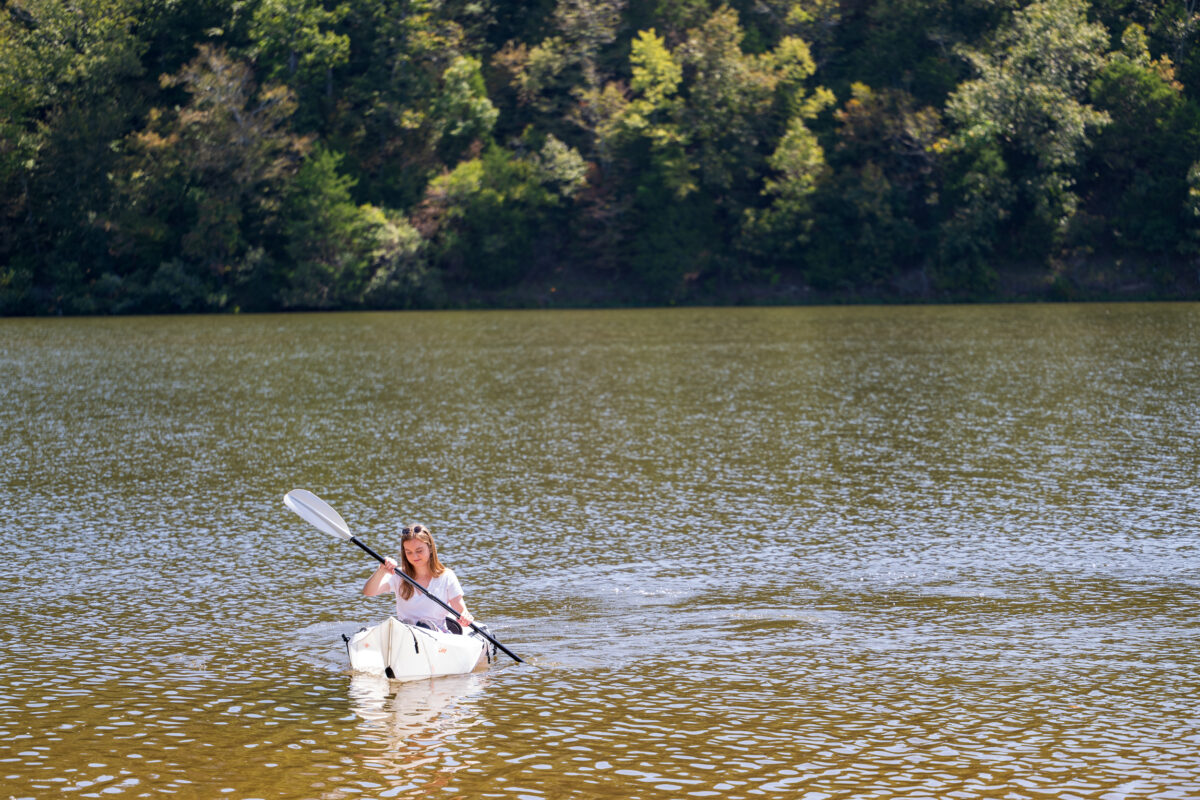The Black Warrior waterdog, nicknamed the “Alabama mudpuppy” is now federally protected
Reading time: 2 minutes

According to a news release by the United States Fish and Wildlife Service, the Black Warrior waterdog, nicknamed the Alabama mudpuppy, a large aquatic salamander found only in the Black Warrior River Basin, is now a federally protected species.
“Black Warrior waterdogs live in the Black Warrior River watershed and nowhere else in the world, so this basin is Noah’s Ark to them, and that Ark has some protection now,” stated Charles Scribner, executive director of the Black Warrior Riverkeeper.
The Service listed the salamander as an endangered species under the Endangered Species Act (ESA), meaning it is in danger of extinction throughout all or a significant portion of its range. A rigorous review of the best available science has found low and declining population numbers due to loss and fragmentation of its habitat and poor water quality in the Black Warrior River Basin. The highly permeable skin and external gills of the waterdog make it particularly sensitive to declines in water quality and oxygen concentration.

In an article by Outdoor Alabama, the website for the Alabama Department of Natural Resources and Conservation, the Black Warrior waterdog is described as nocturnal and can be found most frequently in submerged accumulations of leaf litter at bottom of streams from early November through early March. Although its diet is unknown, studies of other Necturus species suggest they feed on small fishes, fish eggs, amphipods, tadpoles, larval salamanders, crayfish, annelids, and aquatic insect larvae.
Along with the listing of the salamander as endangered, the US. Fish and Wildlife Service is also finalizing critical habitat for the Black Warrior waterdog. The salamander is found in streams within the main channel of the Black Warrior River and parts of the North River, Locust Fork, Mulberry Fork and Sipsey Fork.
Establishing critical habitat will raise awareness of the needs of the waterdog and other imperiled species and focus the efforts of various conservation partners, according to the U.S. Forest Service news release.



